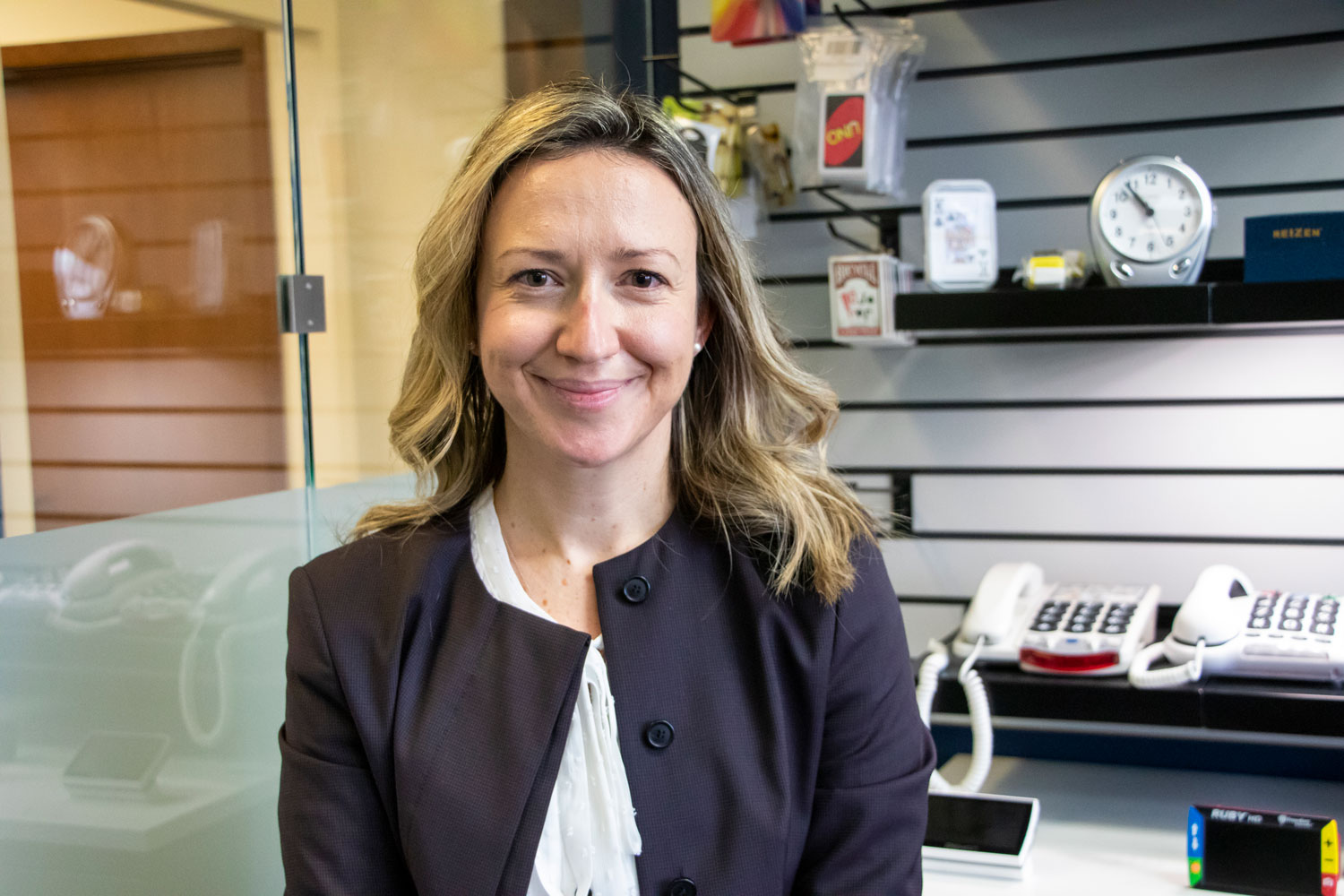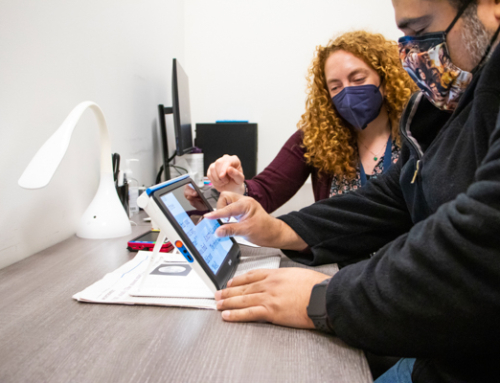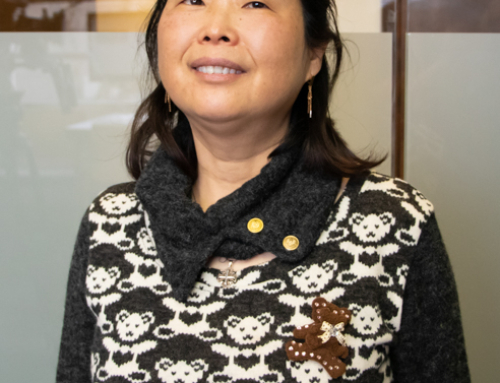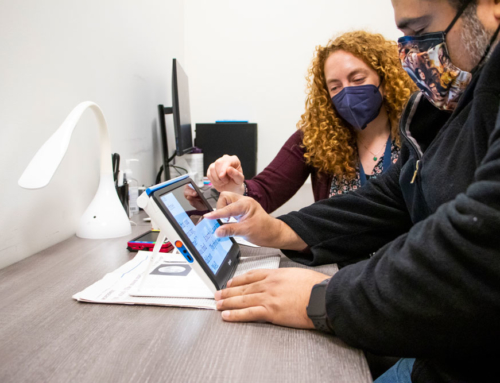Macular degeneration, also known as age-related macular degeneration (AMD), is a progressive eye disease that can have a significant impact on vision. Early diagnosis and management are crucial to preserving vision and maintaining a good quality of life. To provide you with expert insights, we interviewed Dr. Shagas, a Low Vision Optometrist at The Lighthouse for the Blind, Inc.
Diagnosing Macular Degeneration
Diagnosing any eye disease typically requires a comprehensive eye exam by an eye care provider. Dr. Shagas notes, “It’s essential to have regular eye checkups, as this condition can sometimes be diagnosed before patients experience significant symptoms.” During an eye exam, an eye care provider will look for various signs that may indicate macular degeneration.
Symptoms and Warning Signs
AMD can manifest with a range of symptoms. “While some individuals may remain asymptomatic during the early stages, others might experience a number of warning signs,” Dr. Shagas explains.
Warning Signs:
- Gradual loss of clarity and vision
- Blurry vision
- Distortions of lines, numbers, or letters
- Loss of contrast, making objects less distinct
- Difficulty recognizing faces
- Dark or empty images in the center of vision
Watch a visual simulation of what vision with AMD can look like >>
Progression of Symptoms
Macular degeneration is a progressive disease, and the rate of progression varies from person to person. Factors like age, genetics, and lifestyle choices can influence the speed at which the condition progresses. Regular consultations with an eye care provider are crucial to monitor the progression and adjust the treatment plan accordingly.
Types of AMD
Dr. Shagas notes, “There are two primary forms of macular degeneration: dry and wet.”
Dry macular degeneration is the more common form, affecting about 80% of those with the disease. It progresses more slowly than the wet form.
Although less common, wet macular degeneration tends to progress more rapidly than dry, potentially leading to more severe vision loss.
Risk Factors
Dr. Shagas shares, “There are several factors that increase the risk of developing macular degeneration.”
- Age: The risk increases with age, particularly in individuals over 55.
- Family History: Having a family history of macular degeneration raises the risk.
- Ethnicity: Caucasian populations are at higher risk.
- Gender: Women tend to develop AMD at an earlier age than men.
- Smoking: Smoking is strongly associated with an increased risk of macular degeneration.
- UV Exposure: Extensive exposure to UV light, such as not wearing protective eyewear, can contribute to the risk.
- Poor Nutrition: A diet lacking essential nutrients can be a risk factor.
Learn about the treatments available for macular degeneration >>
Impact on Daily Life
“Macular degeneration often affects the fine, detailed center of vision that is essential for various daily tasks. This can include reading, recognizing faces, and using a computer,” Dr. Shagas notes. “Additionally, it can impact relationships as individuals may have difficulty seeing facial features or expressions and at times even struggle to recognize people especially in the distance, making social interactions challenging.”
Learn about living with low vision >>
Low Vision Clinic at The Lighthouse for the Blind, Inc.
“At the Lighthouse we offer specialized low vision care to enhance functional vision and help patients perform activities of daily living. Our Lighthouse Low Vision Clinic provides a range of services tailored to each patient’s unique needs,” Dr. Shagas explains.
Though patients may visit the clinic with similar diagnoses, each person will leave with a unique set of tools and devices to assist with everyday tasks. “Our low vision care is highly individualized, as different patients may respond differently to various devices. We work closely with each patient to identify the most effective solution for their specific daily tasks and activities.”
Common devices that may help people with low vision during daily tasks are:
- Optical Magnifiers – Spectacles, handheld or stand magnifier: These can be prescribed to assist with reading and other close-up tasks.
- Telescopic Glasses: Patients may benefit from telescopic glasses, which can magnify objects at distance, helping patients recognize faces or read signs.
- Electronic Magnifiers: These devices can be used to enlarge text and images, making it easier to read and see details.
While there is no cure for macular degeneration, ongoing research offers hope for improved treatment options in the future. If you or a loved one is affected by macular degeneration, consult with your eye care provider to explore available treatments and resources tailored to your specific needs.






